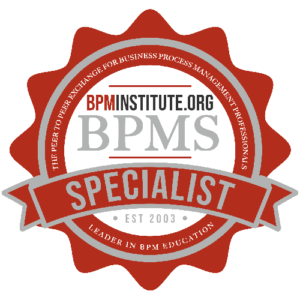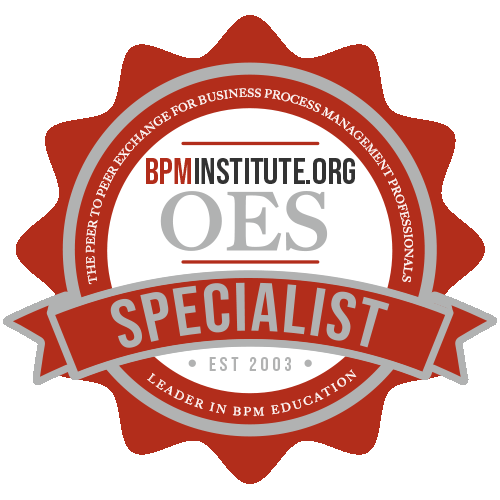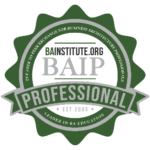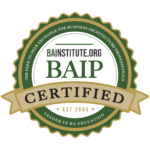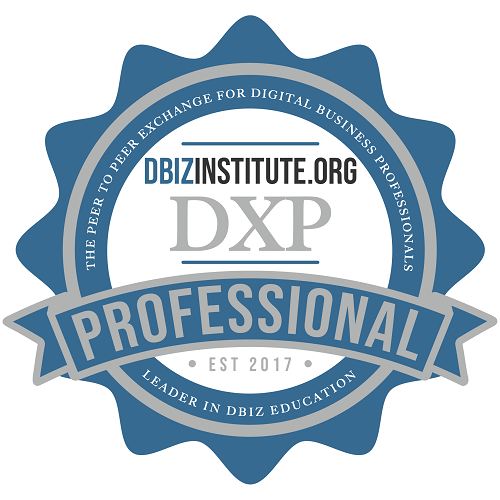In my previous article, “The Design phase”, I discussed the concept of designing the change from the current way the process operates to the improved way with very few constraints. Does this mean that you can do without rigorous deployment planning? No, but you need to separate the discussions: First focus on what needs to be done. What type of changes need to be made, what type of skills do I need on my projects to make those changes, and what changes are dependent on each other: understand the possibilities.

The Process Advisor’s Role
In most organizations no one oversees the performance and improvement of cross-departmental processes. Management books often assign the title “process owner” to this role. However, “owner” implies authority, which is usually missing in organizations that include this position. “Process advisor” or “process consultant” are more accurate, in that they reflect this reality. Usually, authority pertains to resources, staffing, and prioritizing projects.
The process advisor or consultant’s role is to monitor the performance of a process and continually improve it.

CUNA Mutual Redesigns Its Sales Process
Founded in 1935 by pioneers in the credit union movement, the CUNA Mutual Group is a leading provider of services to credit unions and their customers worldwide.

SOA Watch: SOA Project Staffing Planning
A few of my clients are now looking to staff their first inroads into SOA, their first project where something actually happens beyond the investigation. So…how many people are needed on the project? Who are they? What are their roles? Here are some rough guidelines based upon my experience thus far.
You’re going to need an eclectic array of skills to do SOA right, including:
1. Project Leader/Architect2. Data Specialist3. Security Specialist4. Native Systems Specialist5. Service Development Specialist6. BPM/Orchestration Specialist

Business Architecture: Governance from the Business Perspective
“Governance.” Mention the word and it elicits a different definition from each person that hears it. Mention governance with regard to the public sector and the first thing that comes to my mind, right or wrong, is bureaucracy.

Case Study: Project Management in the BPM Project
Helen S. Cooke is a PMI Board Member in Chicago and a Fellow of the global Project Management Institute. She has developed PMI standards and processes, as well as PMI’s Organizational Project Management Maturity Model. As Vice President of Consulting Services for OPM Mentors in Chicago, she heads a consulting practice advancing the maturity of organizations to deliver strategic objectives through projects.
Cooke gave PMI’s definition of project management.

The Value of a Formal Business Process Repository
Over the past few years, a large number of organizations have initiated some type of Business Process Management strategy.

BPM Suites Support Event Management Features
Business event management (BEM) and complex event processing (CEP) are two of the newest features to be provided in the business process management suite (BPMS) market. These expanded capabilities illustrate how the core capabilities of BPMS tools can provide the foundation for increasingly sophisticated integration solutions.

The Many Factors of Enterprise Maturity
All organizations strive to meet their commitments to customers, employees and partners. By definition, ‘high performance’ firms fulfill commitments with correct decisions and precisely completed process cycles. Yet almost no company is perfect. Improved performance means improving maturity in many areas. Enterprise Maturity is a goal I find in the work of several important authors.

You Say Service, I Say Service
How much adaptability and agility do you need in your business? The answer to that question can drive the strategy of business process management (BPM) and service oriented architecture initiatives in your organization (SOA). The question itself is not easy to answer which is why most organizations do not achieve the flexibility they hope to achieve. Sometimes the granularity of the services cannot or are not defined at the right level.
